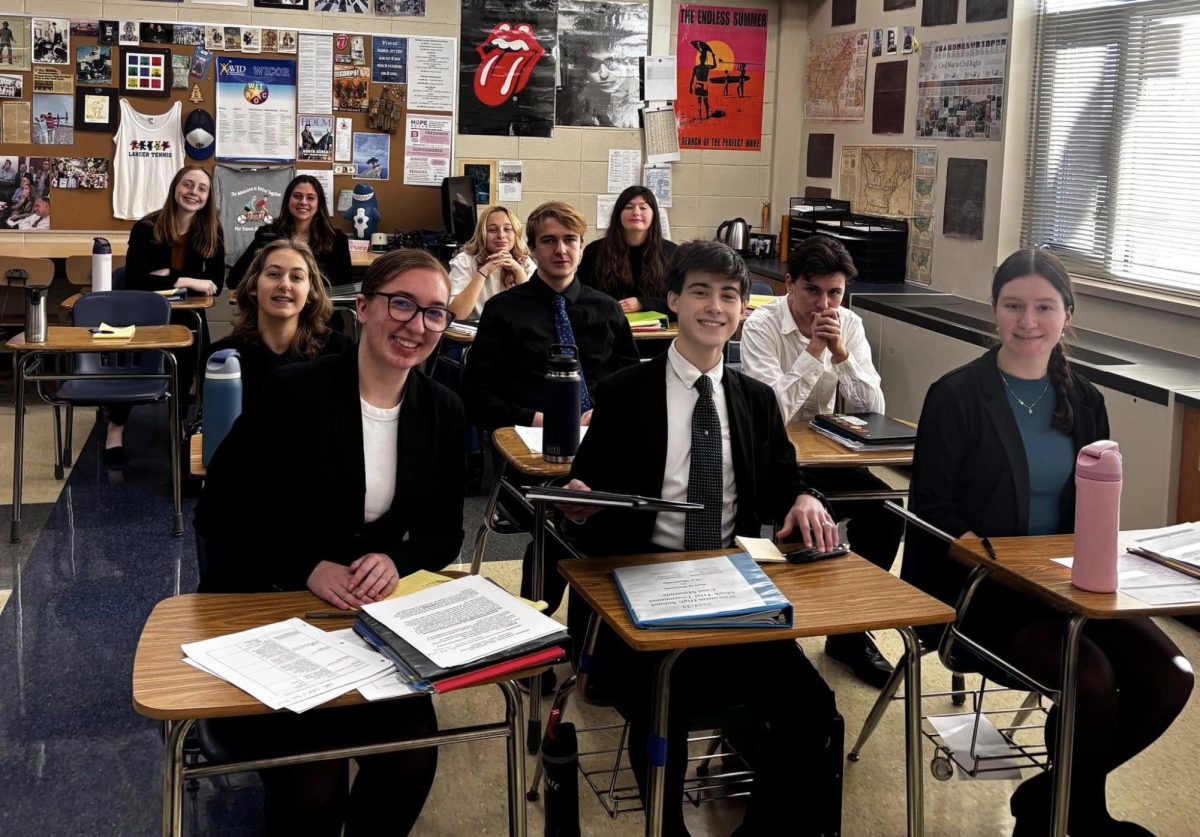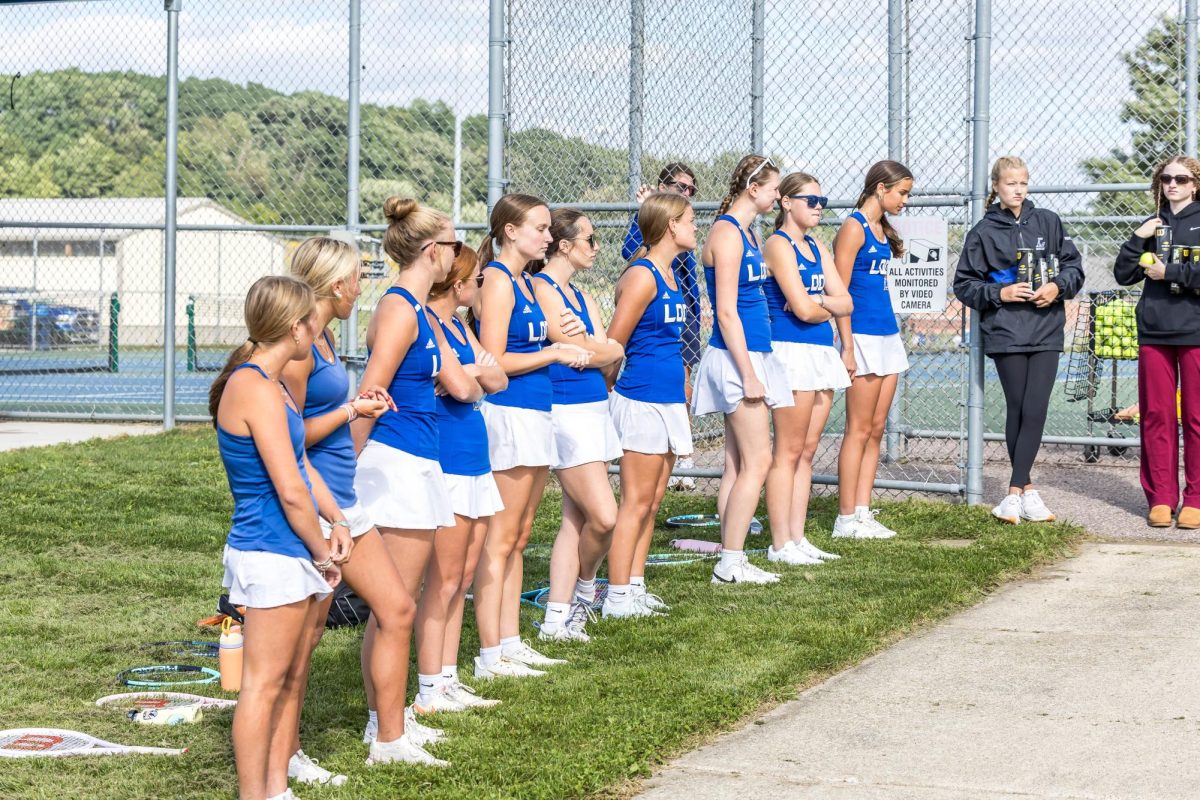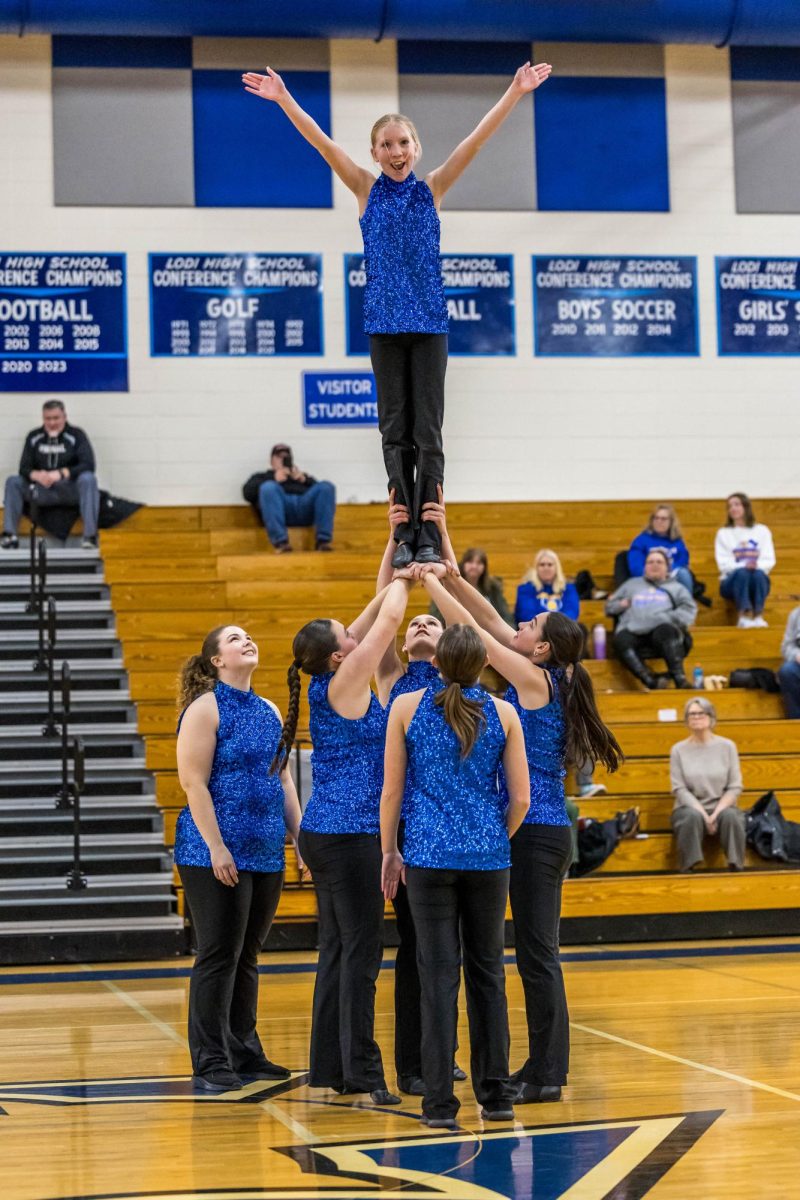Remember when we used to get Wednesdays off during COVID? While that time was difficult in many ways, one thing that helped students and teachers stay balanced was having a midweek break. That break gave people a chance to breathe, catch up, and reset. Now that we’re back to a regular schedule, maybe it’s time to bring back a version of that midweek break, like an early release every Wednesday.
School can be exhausting. Students spend around seven hours a day sitting in classrooms, switching from one subject to another, taking notes, completing assignments, and trying to stay focused. On top of that, there’s homework, projects, studying for tests, and extracurricular activities. By the time Wednesday rolls around, many students feel completely drained. An early release would give us a chance to step back, recharge, and come back on Thursday ready to learn again. High School student Aubrey Lord says, “It’s a great chance to refresh because you’re halfway through the week and tired.” Even just a couple hours can make a huge difference when it comes to mental health and productivity.
This wouldn’t just benefit students—teachers would gain valuable time, too. Planning lessons, grading assignments, holding conferences, and managing classroom needs can be overwhelming. A few extra hours each week would give teachers time to plan more engaging lessons, give more thoughtful feedback on student work, and catch up on everything that piles up throughout the week. When teachers have time to do their jobs well, it helps students succeed. Everyone wins.
Some people might think that shorter school days would hurt learning, but that’s not true. In fact, many schools across the country already have early release or late-start days built into their weekly schedules—and it works. These schools have found that when students and teachers have regular time for rest and preparation, the quality of learning actually improves. During COVID, students proved they could still keep up and even thrive with modified schedules. That experience showed us that long hours aren’t always what leads to success.
There’s also a mental health benefit to consider. Studies have shown that student anxiety and stress levels have increased in recent years. School isn’t just about academics—it’s about learning how to manage life, emotions, and pressure. Giving students a regular chance to slow down and take care of themselves can make a big difference in their emotional well-being. Instead of pushing through the week feeling overwhelmed, they’d know they have time built in to breath, catch up, or even just rest.
Some might argue that families would have to adjust their schedules or find transportation, and that’s a valid concern. But with planning, schools can work with families to make sure everyone is supported. Many districts offer after-school programs or study halls on early release days. It’s a problem with a solution, and the benefits still outweigh the inconvenience.
In the end, giving students and teachers an early release on Wednesdays isn’t about doing less—it’s about doing things better. It’s about recognizing that learning is not just about the number of hours we’re in the building, but how well we use those hours. If we want students to do their best, we need to give them the tools to stay healthy, focused, and motivated.























